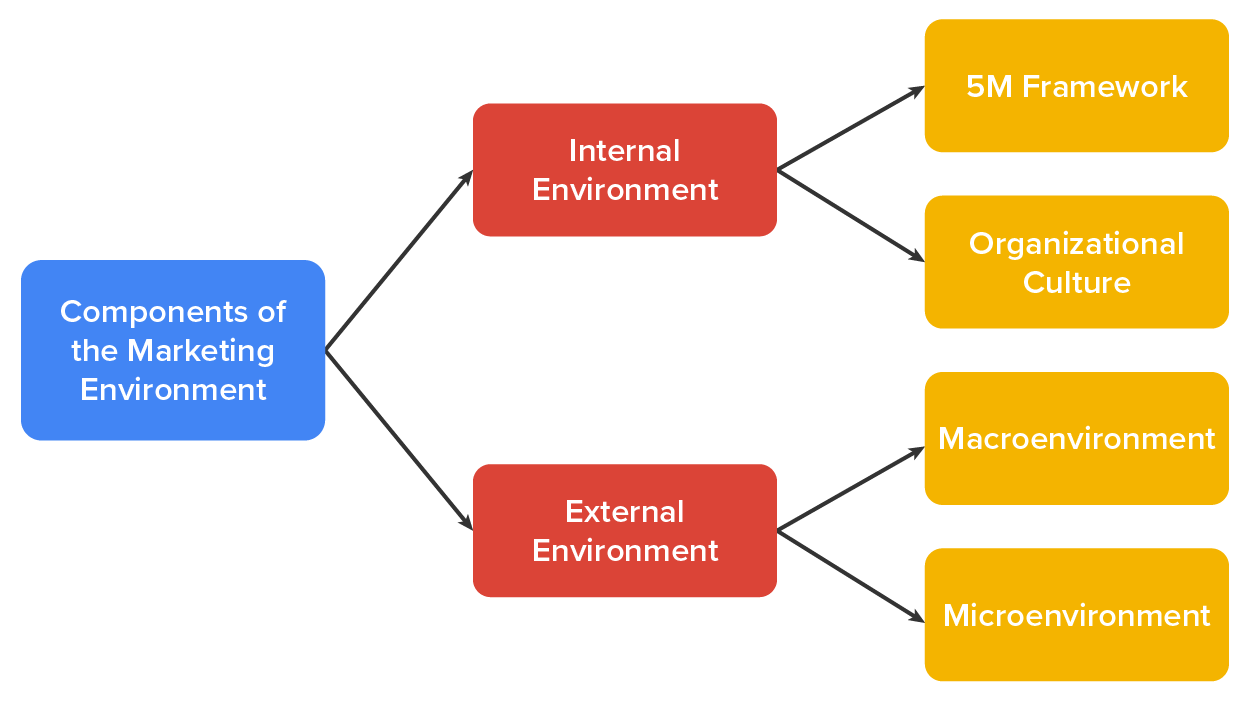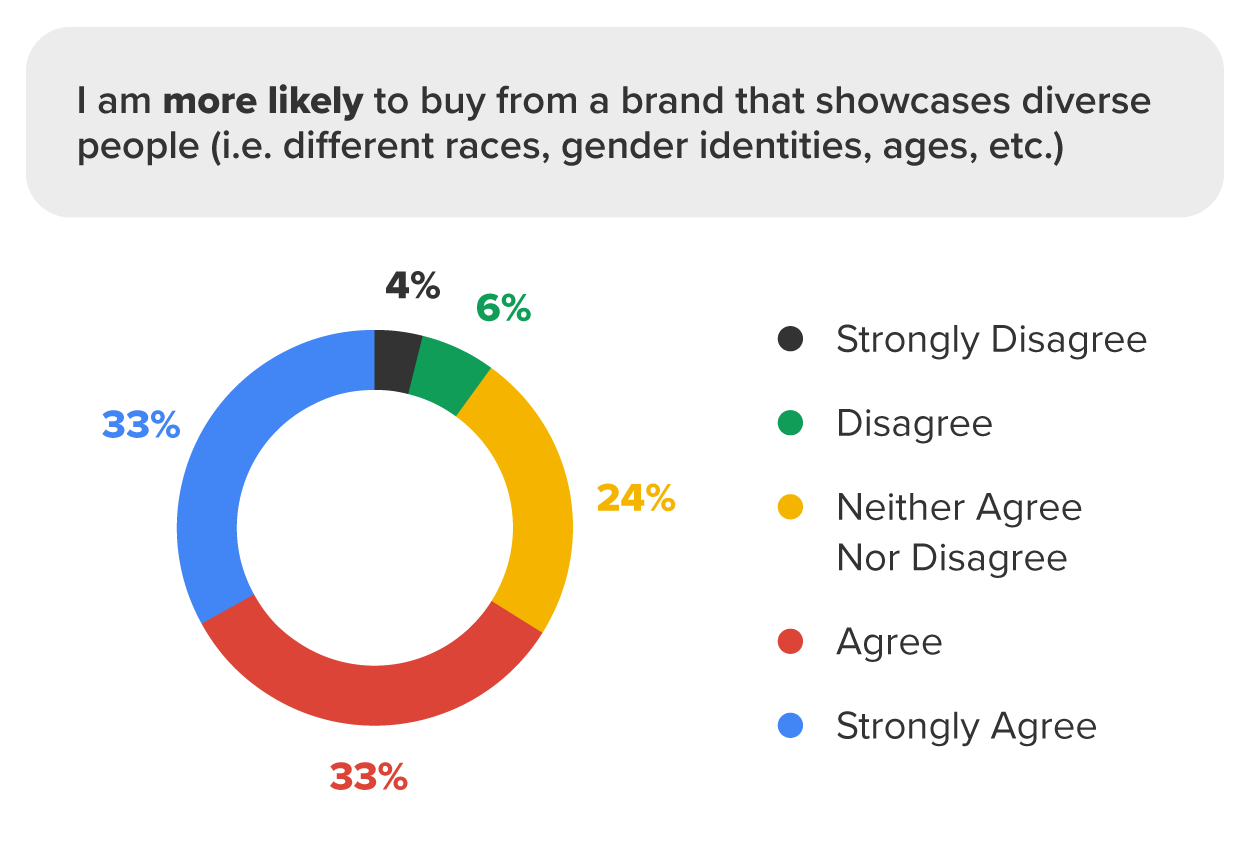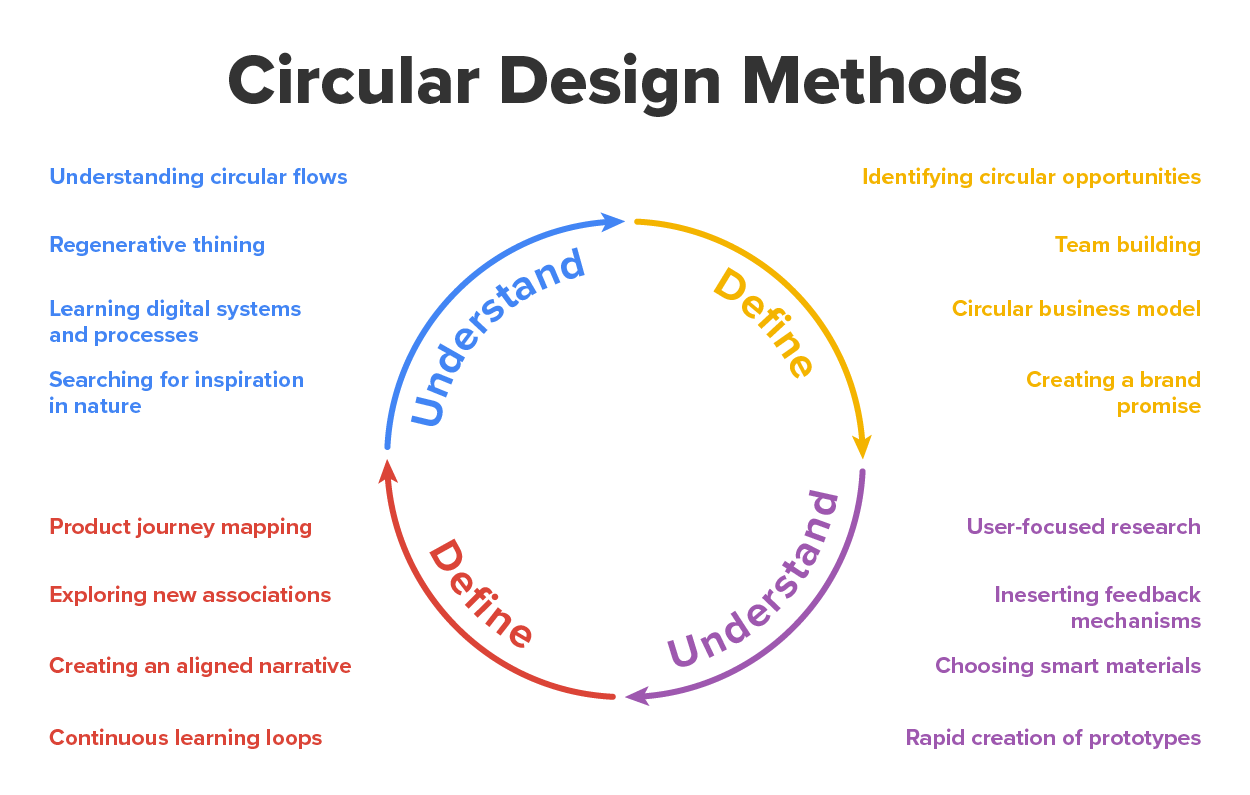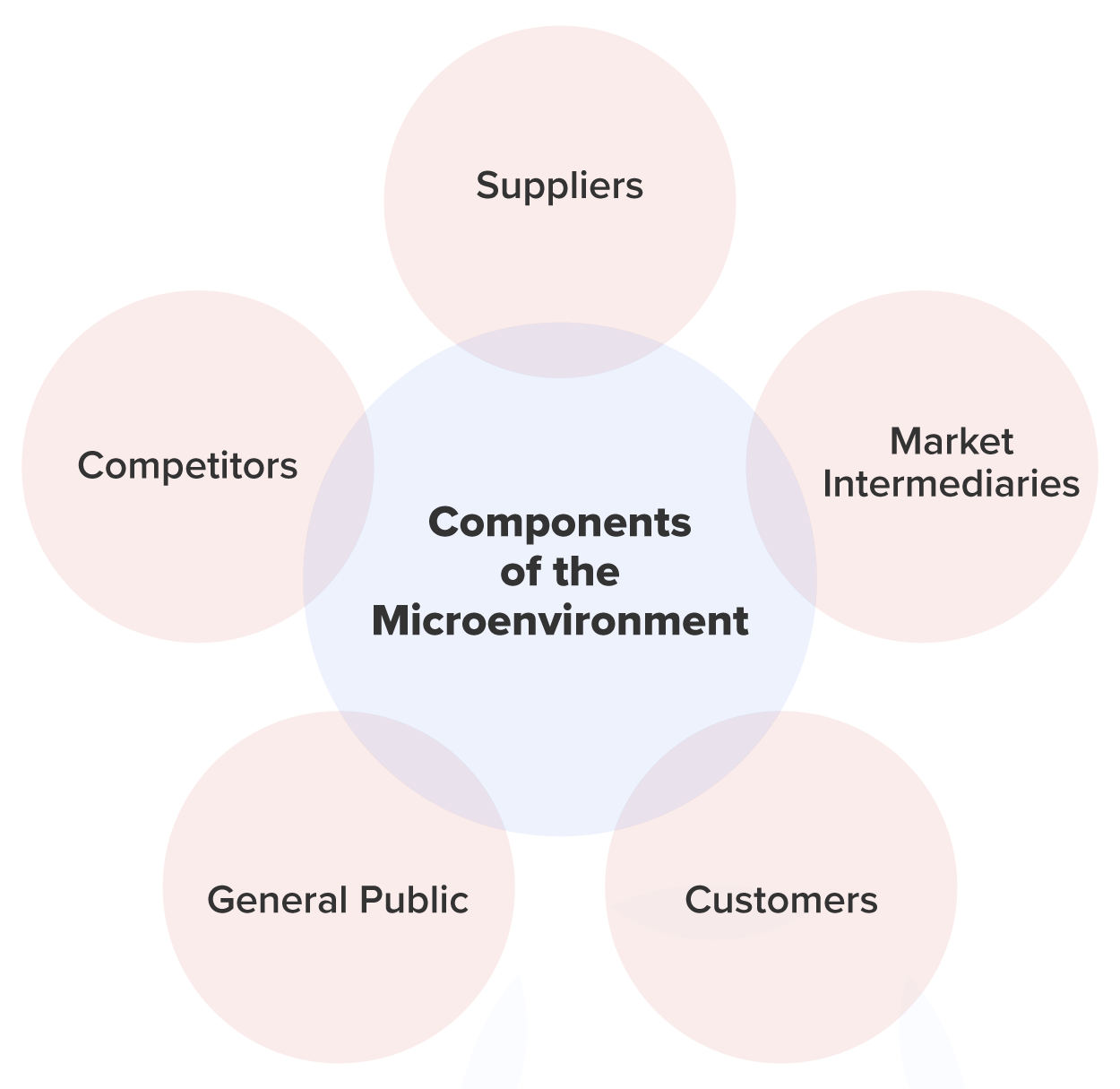Table of Contents |
Marketers are affected by factors in their internal or organizational environment. These factors are typically within the company’s control and can be improved with strategic focus. The 5M Framework identifies the areas in which decisions are made to improve the marketing environment: minds (organizational talent), minutes (methods or processes), machinery (equipment necessary for the business), materials (requirements for the end product), and money (financial resources). An additional factor is organizational culture, which represents the values, behaviors, processes, and traditions that make the company effective.

IN CONTEXT
The 5M Framework identifies five primary areas that affect marketing decision-making: minds, minutes, machinery, materials, and money. Minds: The talent, education, and expertise of employees provide opportunities or challenges for innovative marketing. The more diverse the talent at a company, the higher the level of innovation, representation of diverse groups, and risk-taking applied to achieve higher returns for the brand (see image below).

Minutes: The more effective the processes at a company, the more likely a company is to engage a variety of stakeholders in marketing research, product and advertising testing, new product launches, and media engagement. Machinery: Companies that choose to invest in leading-edge technology and media are more likely to create innovative products, connect with customers more effectively, and design new-to-the-market promotions and experiences. Materials: Companies that invest in research and development (R&D) are continually improving their product materials through sustainable alternatives and circular design that recycles and reuses material components at the end of the useful lives of new products. Circular design methods are increasingly demanded by consumers (see image below).

Money: Companies reinvest profits into every aspect of their business. The more funds that are used to design new products, novel promotions, and unique customer experiences, the more competitive and successful the brand.
Marketers also face external environmental factors that can support or challenge their decisions. Two groups of factors in this category are microenvironment (consists of stakeholders outside of the company) and macroenvironment (global) factors. Marketers have significantly less control over these factors than over internal factors, which requires constant research to anticipate changes in the external environment.

The microenvironment consists of stakeholders outside of the company. Suppliers are companies that provide the raw materials and components necessary for a business to make its goods for consumers. As the costs of materials rise, suppliers pass higher prices on to companies. Market intermediaries are channel partners that are involved in distributing, warehousing, retailing, and delivering products to end users. The more channel partners required from producer to consumer, the higher the cost at each stage. Customers are the end users of a product. One important factor in the dynamic consumer market is the increasing focus on diversity, equity, inclusion, and belonging. The general public consists of individuals who may or may not have involvement with the business but whose opinions about the industry can influence consumers. The general public can become advocates for or against companies based on their policies. Competitors make and sell products that are related or complementary to those that marketers design, promote, and distribute.

The macroenvironment consists of global factors that are more volatile than those in the microenvironment and over which companies have the least amount of control. Political factors include changes in government policy, taxes, and openness to trade, which can increase the costs of doing business internationally. Economic factors involve changes in economic policy, inflation, interest rates, and rates of currency exchange, which can increase the costs of developing new products. Social factors describe the population as a whole; specific customer demographics (such as age, sex, income, education); and cultural trends that influence buying behavior. The social network of consumers strongly influences what they buy and how they communicate to others about a brand. Technological factors involve the use of research and development, diffusion of technology, and innovative practices. The higher the rate of technological diffusion, the more rapidly innovation occurs and is expected by consumers. Legal factors include all laws, standards, and requirements that impact product design, marketing, sales, and after-sale service. These factors can increase the cost of marketing products. Environmental factors are increasingly important in the market, and involve consideration of the company’s and product’s impact on the ecosystem.

Source: THIS TUTORIAL HAS BEEN ADAPTED FROM OPEN STAX’S PRINCIPLES OF MARKETING COURSE. ACCESS FOR FREE AT https://openstax.org/details/books/principles-marketing. LICENSE: CREATIVE COMMONS ATTRIBUTION 4.0 INTERNATIONAL.
REFERENCES
Estupiñán, J., & Neilson, G. L. (2014). The 10 Principles of Organizational DNA. Retrieved from www.strategy-business.com/blog/The-10-Principles-of-Organizational-DNA
Hill, C. (2023). Why Diversity in Marketing and Social Media Is Non-Negotiable. Retrieved from sproutsocial.com/insights/brand-diversity-in-social-media/
Iberdrola. (2023). Circular Design: How to Rethink the Creative Process and Commit to Sustainability. Retrieved from www.iberdrola.com/social-commitment/circular-design